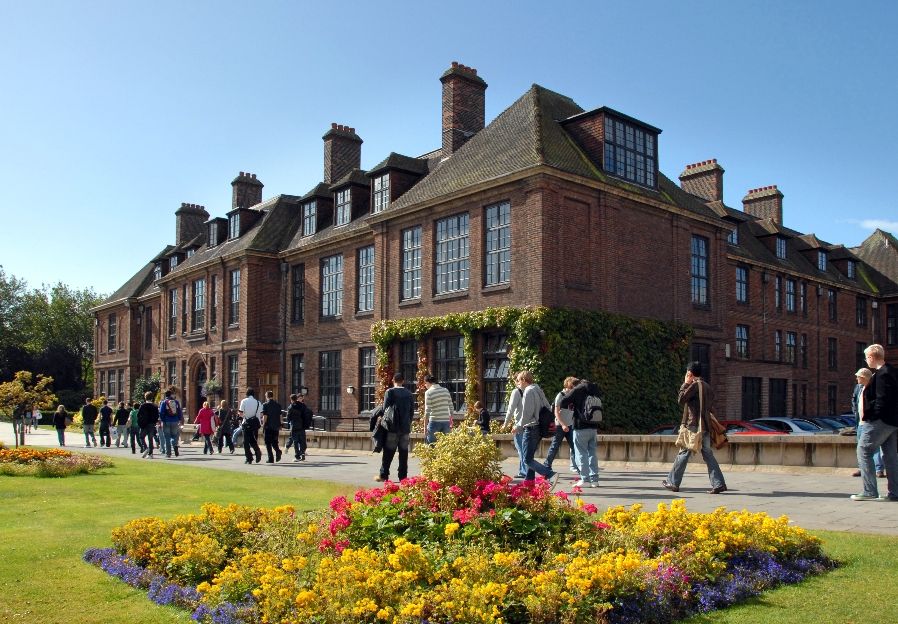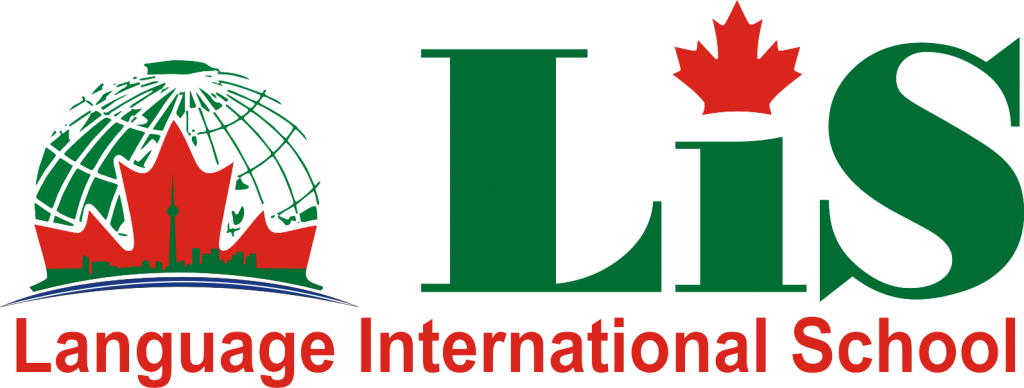Canada
CANADA
Occupying most of the northern portion of North America (41% of the continent), Canada is the world’s second largest country in total area after Russia. Canada spans an immense territory between the Pacific Ocean to the west and the Atlantic Ocean to the east and the Arctic Ocean to the north (hence the country’s motto “From sea to sea”), with the United States to the south and northwest, and the Arctic Ocean to the north; Greenland is to the northeast. Off the southern coast of Newfoundland lies Saint-Pierre and Miquelon, an overseas collectivity of France. Canada is slightly less than three-fifths as large as Russia, nearly 1.2 times larger than Australia, slightly larger than Europe, and more than 40 times larger than the UK. In total area, Canada is slightly larger than both the U.S. and China.The geography of Canada is vast and diverse.
Population of Canada
Canada has the highest per capita immigration rate in the world, driven by economic policy and family reunification; Canada also accepts large number of refugees. In 2009, between 240,000 and 265,000 new migrants are expected to arrive in Canada. Canadian population has reached 31,592,805 people as on July 2008.


Benefits of studying in Canada
The number of international students studying in Canada is over 250,000, a figure that is constantly growing. Many of these students are choosing Canada over other potential destinations, such as the United States, the United Kingdom, Australia and France, because of certain advantages that studying in Canada can bring.With quality and more affordable tuition, safe cities, employment options (both during and after the study period), and as a pathway to Canadian permanent residence, the decision to study in Canada can be one of the most important, and best, decisions made by young people from around the world.A lot of international students pick USA because of its strong reputation when it comes to higher education. With over 4000 universities across the country, the US higher education system is always held in high esteem, is extremely prestigious and exerts a powerful influence on the rest of the world. Undoubtedly, a degree from a top US university is like having global citizenship.
1. World-class universities and colleges
Canada’s higher education institutions are diverse — varying in size, scope, character and breadth of programs. Canadian universities and colleges are located across the country &are renowned for their research and innovation. Canadian degree, diploma or certificate is generally recognized as being equivalent to those obtained from the United States or Commonwealth countries.High academic standards and thorough quality controls mean that students may gain a high-quality education that will benefit their careers over the long term.


2. Lower tuition Costs
Compared to other countries, Canadian international tuition fees, accommodation and other living expenses remain competitive. Canada is often the preferred choice for students who may also have the option of studying in countries such as the United States or United Kingdom because of the lower tuition costs.
3. Work while you study
Among other benefits, this allows them to manage their finances without incurring enormous debt. Students in Canada have the advantage of being able to work while studying. To gain the right to work off-campus, students must:
be enrolled at a designated learning institution at the post-secondary level or, in Quebec, a vocational program at the secondary level; and be a full-time student; be studying in an academic, vocational or professional training program that leads to a degree, diploma or certificate that is at least six months in duration. have a valid study permit; If a candidate qualifies, his or her study permit will allow him or her to: work full-time during scheduled breaks, such as the winter and summer holidays or spring break. work up to 20 hours per week during regular academic sessions; and


4. Provision of Post-graduate work permit
The typical process path from student to permanent resident status in Canada is through taking advantage of something Canada offers that is not available, or more difficult to obtain, in other countries — a post-graduate work permit.This work permit may be issued on completion of the study program for the duration that the program, up to a maximum of three years. Thus, a graduate who completed a four-year study program could be eligible for a three-year post-graduate work permit, while a graduate who has completed a study program which is twelve months in duration could be eligible for a twelve-month post-graduate work permit.
5. A pathway to Canadian permanent residence
Moreover, certain provinces, such as British Columbia and Quebec, have immigration streams that identify certain graduates for permanent residence. Candidates for British Columbia’s International Post-Graduate category have the advantage of not requiring a job offer and being able to have their application for permanent residence processed through the federal Express Entry immigration selection system. Students who graduate from a study program in Quebec may be eligible to apply for a Quebec Selection Certificate (commonly known as a CSQ) through the Quebec Experience Class. Skilled Canadian work experience gained through the Post-Graduate Work Permit Program helps graduates to qualify for permanent residence in Canada through the Canadian Experience Class (CEC).

YOUR FUTURE STARTS HERE
Our educators are among the best in the world. Come meet us!




